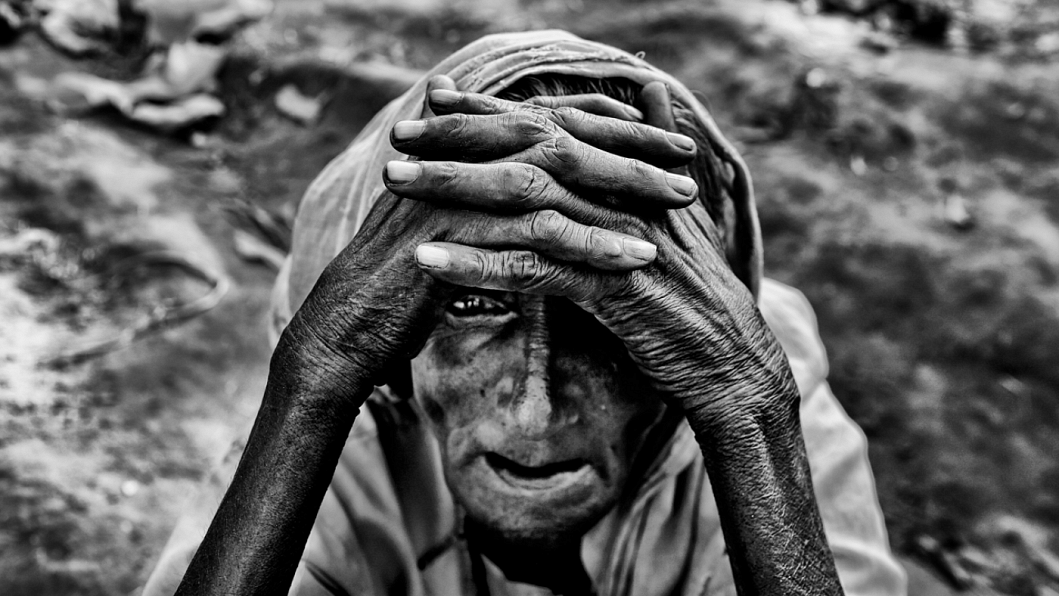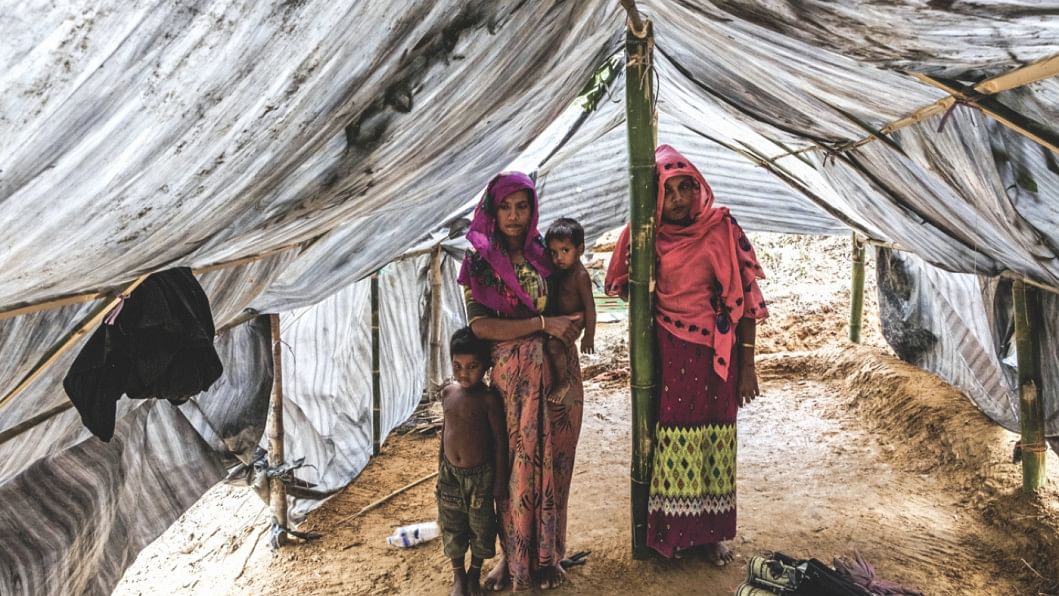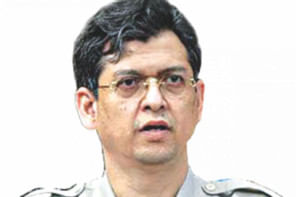The nation and the citizen

As I remain glued, like many of us, to the news of the Rohingyas fleeing to Bangladesh for survival, my mind goes back to my days in the camps of Pakistan, where I had spent three years of my life along with my family, and many of the Bengali army personnel and their families. These were the Bengali military personnel who, in 1971, after the liberation of Bangladesh, had opted to come back to Bangladesh, a land which was, and is, their own. The fenced life in the camp was both "real" and "imagined".
It was real because the constant surveillance of the Pakistani soldiers along the fenced wire—which had electricity passing through it round the clock lest any of the interns or prisoners flee—reminded the interns of the presence of the state and its power to kill or keep one fenced; the intern was the "other", not a citizen of that state. But within the fenced community, there was also life. We listened to Bangladesh Betar most intently. My very first emotional encounter with my Bangladesh, a land I had created in my imagination within those fences, was through patriotic Bangla songs as they flowed through the programmes of Bangladesh Betar. We celebrated Nazrul and Rabindra jayanti with songs and dramas. It was our encounter with the state of Pakistan where we sang Bangla songs and performed dramas despite their guns and barbed wire. It was also the building of a realm where we survived through our dreams and imaginations of returning to our land one day. It was indeed a land of freedom for me. I wonder if a Rohingya teenager imagines a land for herself or himself, a land of freedom, with no soldiers marking her or him the "other".
"The big challenge for us, as the Rohingya question unfolds and also as we face the challenges of rightlessness in our everyday lives, is: how do we translate the imagined into a reality, and whose dream and reality it is going to be?
The ideas of nation and citizenship thus got engraved in my mind through those days in the camp. Very early I, along with my generation, saw the "power" of the state, the "power" and "privileges" of citizenship, and also, to some extent, the plight of statelessness through refugeehood or being imprisoned in camps. The power that is embedded in these categories, I would suggest, we need to encounter as humans, not as nations or citizens. In independent Bangladesh, it was Manabendra Narayan Larma, the sole representative from the Chittagong Hill Tracts (CHT) in the national parliament, who exposed the hegemony and limits of nation and nationalism. He protested the imposition of Bengali nationalism and Bengali citizenship upon the entire population of Bangladesh through its first constitution in 1972. Larma made it explicit that he was a Chakma, not a Bengali, so his nationality could not be Bengali, but indeed he was a Bangladeshi citizen.
The shift later into Bangladeshi nationalism, with its incorporation of religion as its tool, did not reflect the dream of the minority communities either. With Bangladeshi nationalism, the state took a turn towards majoritarian religion, i.e. Islam; in Bengali nationalism, the majoritarian Bengali culture was embedded. These state-sponsored models of nationalism created cultural, linguistic, ethnic and then religious minorities. One needs serious pondering here. Within these frames, where and how do the non-Bengalis and non-Muslims locate themselves as part of the nation and citizenry?

The question of women also looms large within these discourses and frames. Women are considered to be the emblem of cultural and biological continuity and authenticity of a nation. The "purity" of the nation is important for nation and state construction, which, in most post-colonial states, have become interchangeable. It is no surprise, then, that rape has been and continues to be used as a strategy during war-time, ethnic-cleansing and genocide. It took Bangladesh more than four decades to recognise birangona or war heroines as freedom fighters. This indeed is the outcome of the women's movement and the trial of the war criminals of 1971. The demand had been a part of the women's movement; in other words, it was a movement which confronted the state and the nation to create space within their frames that would interrogate the notions of shame, honour, and purity. This emblem of the nation, i.e. the woman, however, does not enjoy the same rights as her male counterpart. Through the insertion of personal laws, the state has constitutionally limited her rights. As the women's movement carries on its struggle for the rape survivors of 1971, it is questionable if a minority woman feels part of the same movement. Kalpana Chakma's abduction allegedly by a military officer in 1996 from the CHT remains unresolved. But then there have been many other instances of sexual violations and rapes in the CHT, where silence or silencing has become the rule of the game. Here again one needs serious introspection into the minority within the minority and the supposed wholeness of the nation and the premise of equality of citizens.

The state also arrogates to itself the right of disenfranchising its citizens. The Rohingya community in Myanmar is a case in point here. It is an ongoing process since 1962, to the point that Myanmar today labels them as Bengali Muslims. The creation of this "otherness" and the genocide taking place in Myanmar is part of the nation- and state-crafting project of the Burman nation, where the hegemony of Buddhist fundamentalism is increasingly coming to the foreground. It is also about the control of resources. In Sri Lanka, we also observed the disenfranchisement of the Tamils through citizenship laws and the supremacy of Sinhala nationalism. Tracking the path of nation and state formation in post-colonial societies, one observes cycles of repression in the name of nation and nationalism, while the biases and hierarchies of citizenship remain quite uncontested. It is assumed citizenship gives one full entry and equal privileges, which indeed is not the case. There are cycles of "otherness" and "exclusions" in the basic premises of state formation. The big challenge for us, as the Rohingya question unfolds and also as we face the challenges of rightlessness in our everyday lives, is: how do we translate the imagined into a reality, and whose dream and reality it is going to be? Indeed, in the backdrop of the challenges, hopes, aspirations and, above all, humaneness, there has to be multiplicity of dreams, imaginations, and realities, within a state. There is no escape from this reality and imagination.
Amena Mohsin is Professor of Department of International Relations, University of Dhaka.





Comments